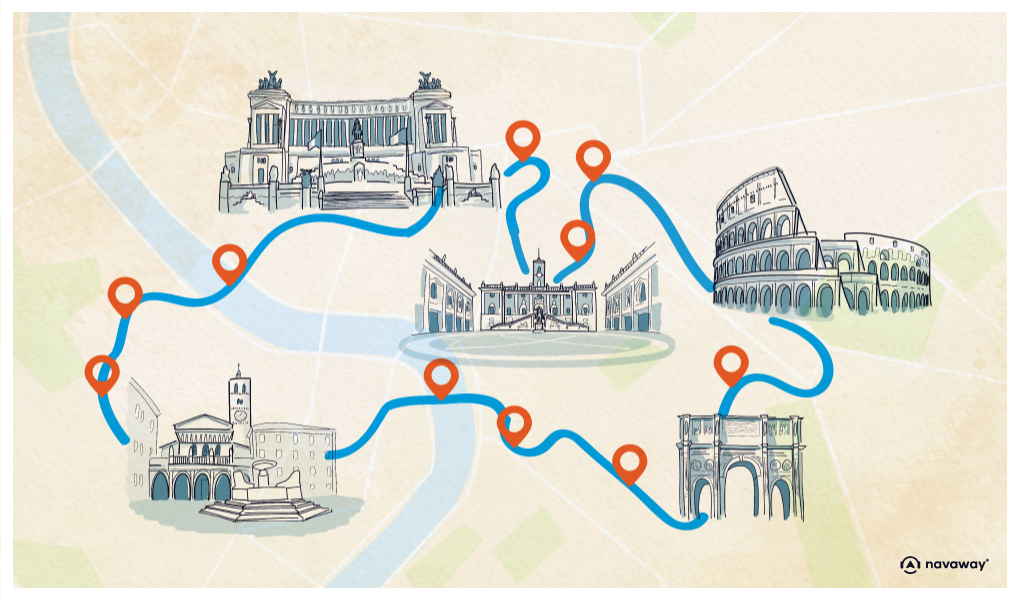
Roman Forum
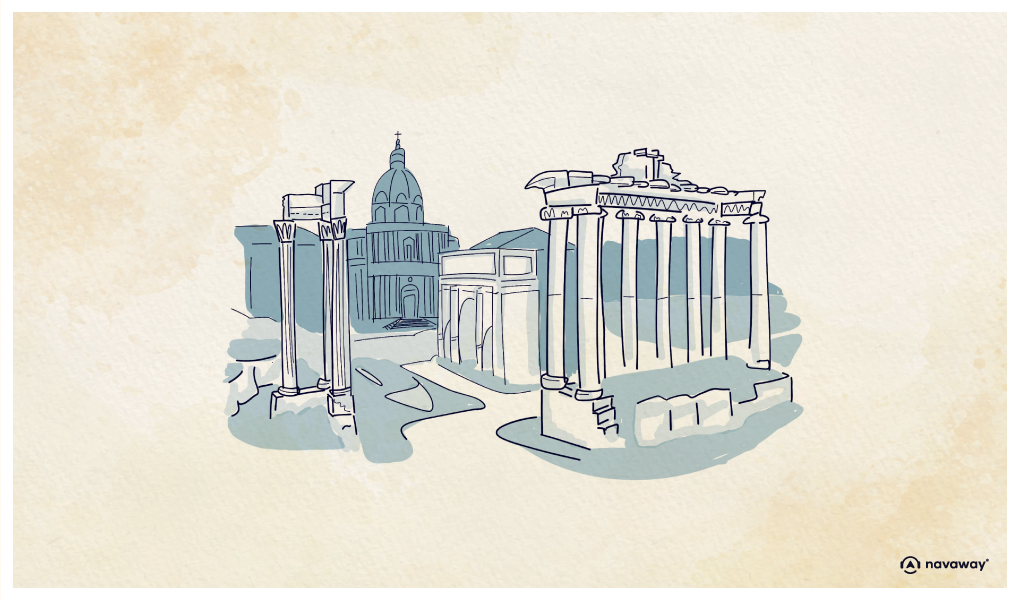
This point of interest is available as audio on the tour: Visit Rome, The Eternal City
Imagine yourself transported back to the 10th century BC. Before you lies a marshy, inhospitable wasteland, serving as a necropolis for the villages on the surrounding seven hills. Then, around 600 BC, the Romans, renowned for their engineering prowess, constructed a giant sewer, the Cloaca Maxima, to drain this swamp and pave the way for the city’s main square. And thus was born the Roman Forum. This was where it all happened – politics, religion, business, and law. It was a Roman version of the Greek Agora, but with a stronger focus on politics. It was but a miniature city, home to thousands of people. You’ll see the remains of the curia, the Roman senate, as well as those of temples, theaters, thermal baths, statues and more; we’re talking bits and pieces of buildings from different periods of Roman history, spread out over a thousand years. Keep in mind that ancient Rome is generally divided into three main time periods: The Roman Monarchy until 509 BC, the Roman Republic until 27 BC, and the Roman Empire until its fall in 476 AD. The oldest ruins are those of the Comitium, Rome’s earliest political center dating back to the 6th century BC. This was where all the political action happened. There was a circular seating area for assemblies, the Curia, where the Senate held its meetings, and the Rostra, where the magistrates met. Romans called this whole system a “republic.” And you see, the word “republic” comes from the Latin “res publica,” meaning “public affair” – everyone’s business to put it simply. Power was in the hands of an elite, that is, the Senate, which oversaw the magistrates, themselves elected by a citizens’ assembly. Two consuls were elected by the people each year to govern all this, and in times of crisis, they could even elect a dictator with absolute authority for a six-month term. This all lasted five centuries until a civil war led to the assassination of Julius Caesar. Contrary to popular belief, Caesar was not an emperor but rather a consul, general, and dictator. He found himself in complete control of Rome, following his dazzling military victories, but was never emperor. It was his adopted son, Augustus, who became the very first Roman emperor. And with him came the imperial cult. Emperors were deified and people built temples and altars in their honour. Inside the forum, for example, you’ll find the temple of Divus Julius, dedicated to Julius Caesar, who was deified after his death. The columns on your right were once part of the Temple of Saturn, where the famous Roman festival of Saturnalia was held. Social order was reversed, with slaves becoming free men, the poor becoming nobles and so on. The temple podium was also used as a bulletin board for laws and official documents. In the center of the forum, you can see the ruins of what were once the columns of two basilicas. Mind you, the Catholic religion did not yet exist, so these buildings were used for administrative purposes. There’s so much to see and learn here. I strongly recommend that you get a ticket and explore this remarkable historic site that has truly laid the groundwork for Western civilization.

Discover other tours to visit Rome

Discover Rome with app
An interactive guide through the most beautiful streets, squares, and districts
23 fun audioguides full of historical facts, anecdotes, and legends
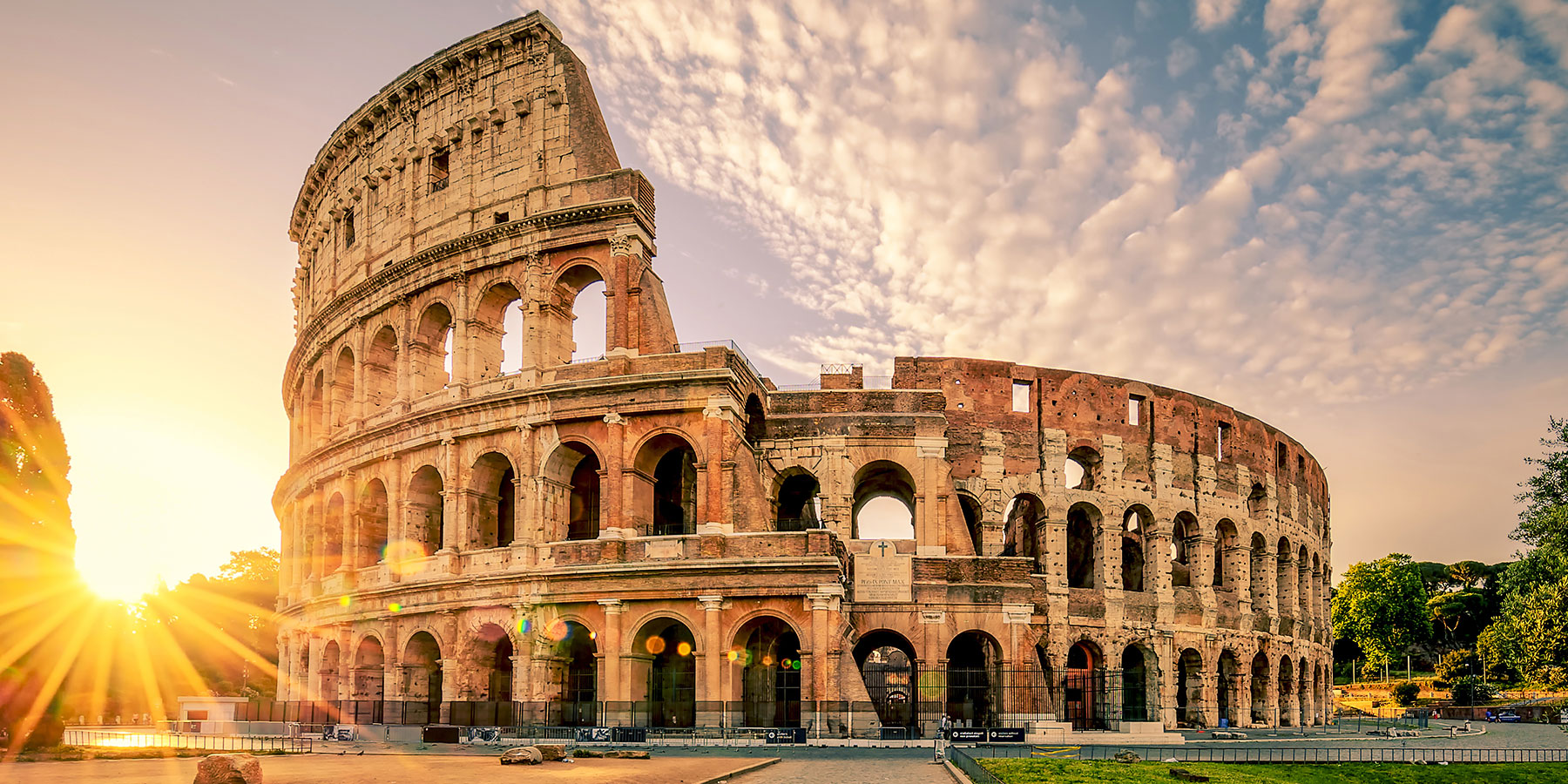

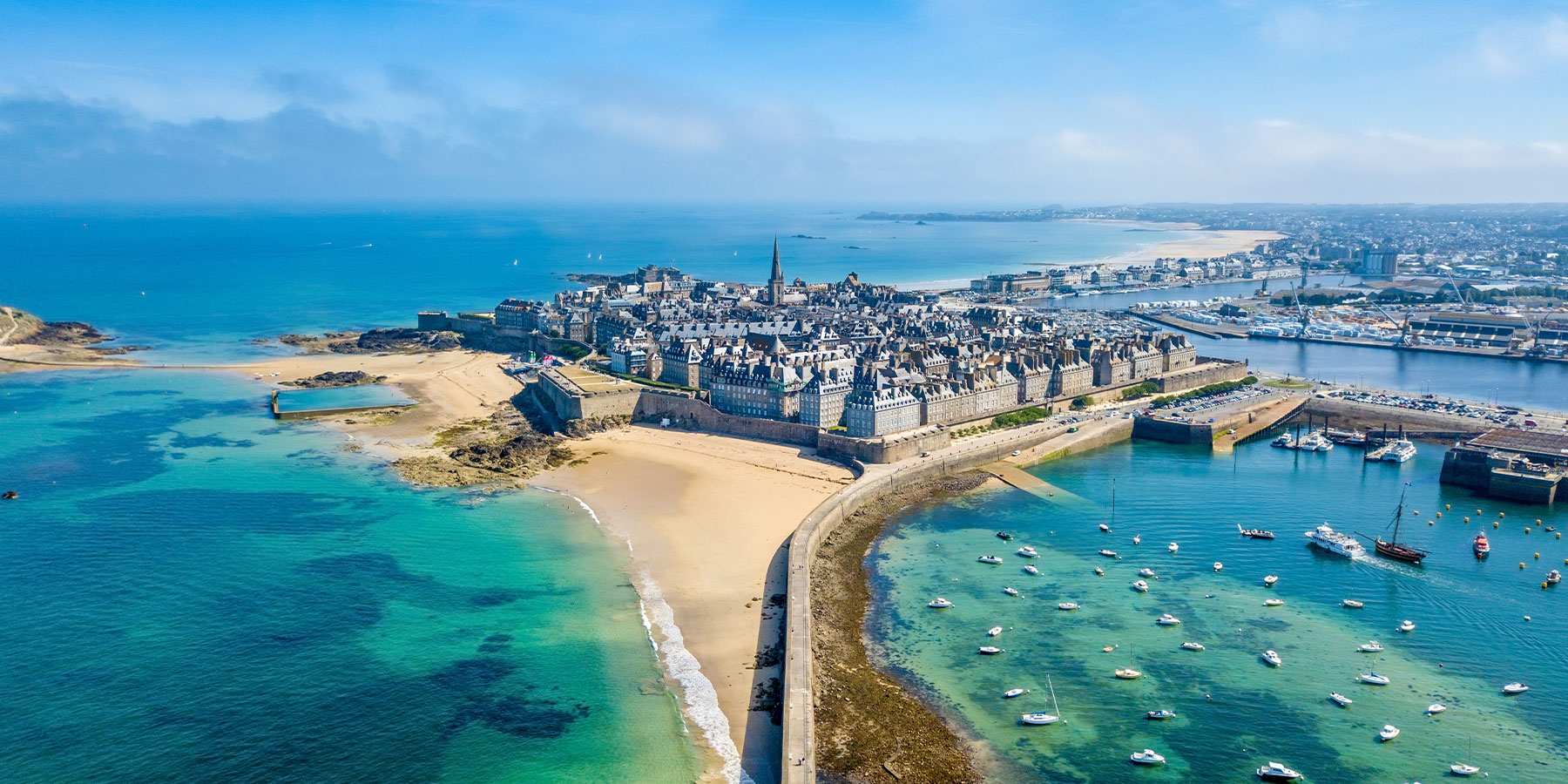
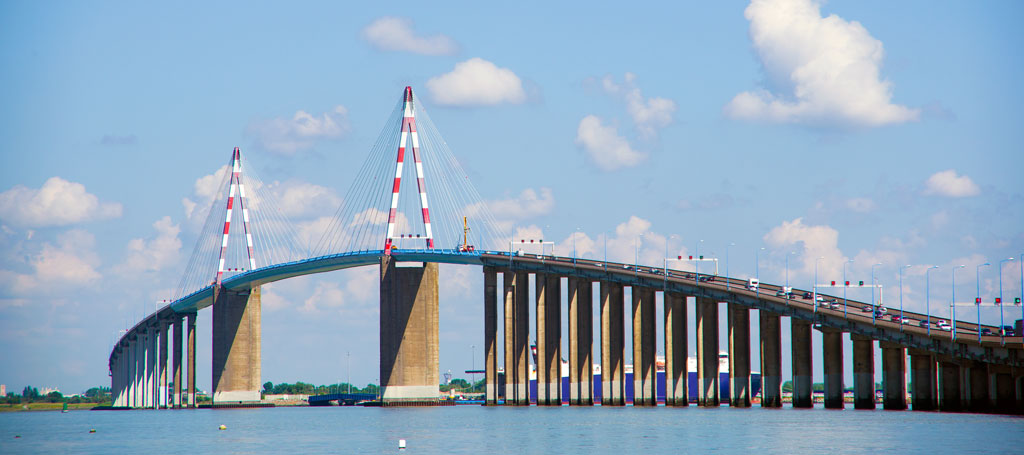


Comments